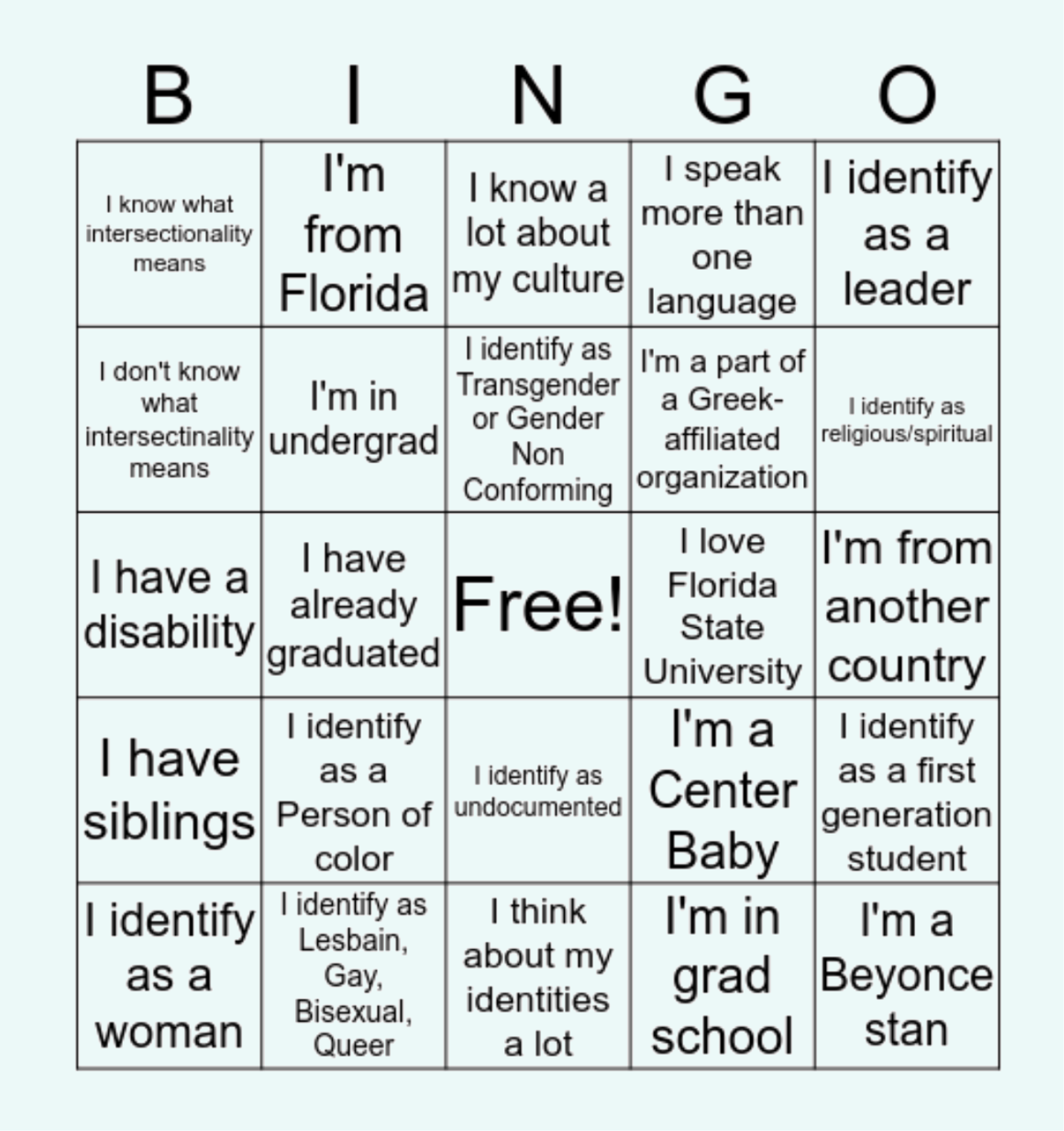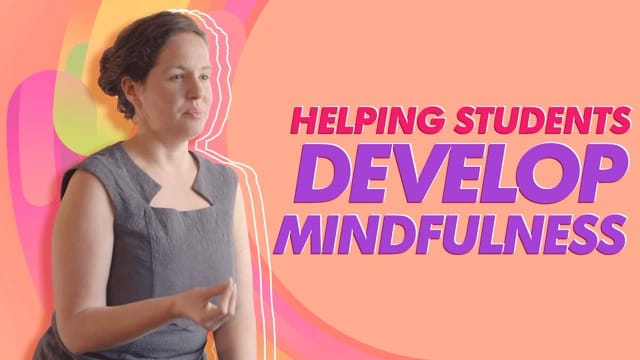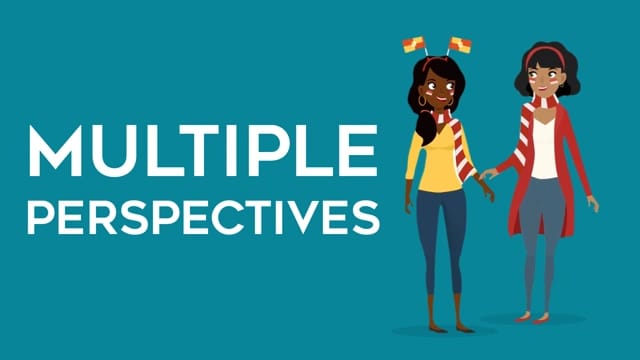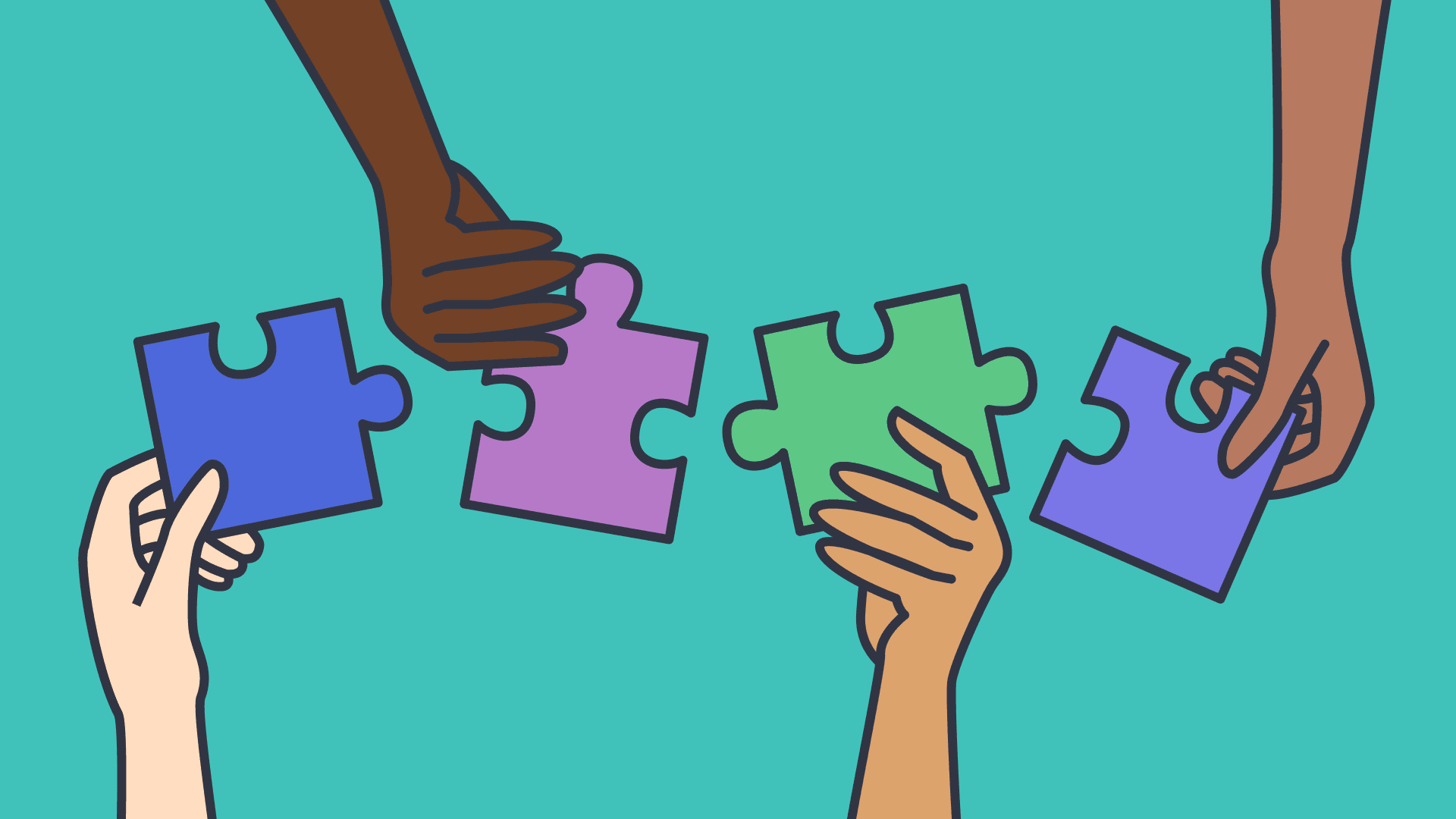10 Social emotional learning activities for high schoolers
In this guide
Social Emotional Learning, or SEL, is not only a new fad among younger teachers – it’s something that’s quickly being ingrained into the very fabric of many education systems.
Tom Conklin, writing for Scholastic, asserts; “Students who are better able to understand and manage their own emotions while interacting constructively with others will be better learners”. (Conklin, Social & Emotional Learning: Essential Lessons for Student Success, 2014).
Conklin isn’t alone in his assessment, either. A 2011 study involving over 270,000 students at all grade levels rendered stunning results: students who participated in universal SEL programs saw, on average, an 11 percentile gain in their achievement scores. Further research was even able to link SEL skills to long-term lifetime benefits including improved mental and physical health, and even stronger marriages!
How can you best use SEL with high schoolers?
So, how can you ensure your high school students are reaping the benefits of SEL? High Schoolers are on the precipice of adulthood, and you might worry that they won’t be receptive to learning anything touchy-feely. But not to worry – SEL can support teens’ existing priorities such as civic learning, workforce readiness, and mental health.
In fact, many high school students think schools should be doing more SEL in the classroom. So, where to start? Read on for some suggestions of Social Emotional Learning activities that you can implement in your classroom today.
1) Practice mindfulness
The benefits of practising mindfulness in our daily lives are numerous, but we might not think about it as something we can incorporate into our classrooms or lesson plans. Mindfulness in the classroom can look like:
- Breathing exercises
- Visualisation of goals
- Guided meditation
Learn more about the power of mindfulness here.

2) Journalling
Daily journalling was always a favourite activity among my primary school teachers, and I often wondered why we didn’t get to do more of it in high school. You can assign a journal entry as an entry or exit ticket, as a form of reflection on a classroom topic or activity, or as a free time activity. Journalling is a great way to foster empathy and provide a safe space for self-reflection, so go ahead and make it a recurring part of your curriculum!
3) Current events
Acknowledging and discussing current events in the classroom not only makes student learning relevant and timely, it provides a lens to explore people, places, and the emotion involved with current goings-on. You can use a news piece to discuss something positive or negative that happened in the world, and leave room for discussion. You can try asking follow-up questions like:
- How do you think the people involved felt?
- Why did they act/react the way they did?
- How did the actions dictate the consequences?
To get started, use these video prompts from the series Ethics in Action series.
4) Literature
You don’t have to be an English teacher to use literature in your classroom (although this is an easy one if you are). Introducing relevant fiction or nonfiction works that place people front and centre is another way to have your students develop and explore empathy and emotional intelligence. The work can be something directly tied to your curriculum or just something that will help create a teachable moment that you’re striving for.

5) Artwork
The emotions are sometimes so strong that I work without knowing it. The strokes come like speech.
Vincent van Gogh
Students who may not best express themselves verbally or through the written word might instead harbour more artistic talents. There are two options here: closer looking at artwork, or creating artwork. Try one or both!
6) Sharing out
Circle sharing, show and tell, story time… these are just a few of the many ways you can provide your students an opportunity to share something about themselves with their peers. Ensure you’re facilitating active listening among the class, and encourage follow up questions that deepen the conversation. If you’re not sure where to start with sharing out, here are some options to try out:
- Turn & Talk: The teacher provides a prompt for discussion, and then students turn to discuss with the person sitting next to them
- Talking Stick: A prompt is provided, but only the person holding the talking stick can share. Once finished, the talking stick can be passed to the next person.
- Popcorn Share: Students share their thoughts without raising their hand. This is an organic way to foster large group discussions without over-regulation.
- Circle Share: Organise desks or chairs in a circle so that students are facing each other and can maintain eye contact throughout the discussion.
- Show & Tell: Ask students to share an object that is meaningful to them.
7) Swapping shoes
Not physically! We’re all familiar with the phrase “to walk in someone else’s shoes’‘. It means that you can never truly understand someone or their circumstances until you’ve experienced it for yourself.
Although we can’t actually make students swap lives with someone, we can certainly have them use their imaginations. Ask students to write a poem or a journal entry from someone else’s point of view. This works especially well for historic or literary figures. It will encourage students to think deeply about what that person thinks, feels, and experiences.
8) Identity bingo
I particularly love doing this early on in the semester. Students are tasked with mingling with their peers to identify classmates with whom they share particular traits or experiences. It’s a great, low-pressure way to get to know one another on more than a surface level.
Here’s an example from BingoBaker.com – a free site that generates bingo cards for you!

9) Quote of the day
Begin class time with a quote. It can come from anywhere – the book they’re reading, a politician, a celebrity – whatever is best in line for your teaching goals. You can verbally share the quote, or write it up on the board.
Give your students some time to reflect on the quote and decide whether they agree or disagree with the statement based on their personal beliefs and experiences. Sharing will provide an opportunity for your students to hear their peers’ opinions and personal perspectives.
10) Social contract
This is another one I like to do early on in the year, or with the change of semesters. We already know that it’s important to establish basic classroom rules, but how else do you want your students to behave and interact with one another?
Together, establish a set of classroom values, expectations, and consequences for everyone in the class to abide by. Write them down and have them sign it (and you, too!), then display it somewhere prominent in the classroom. This serves as a physical reminder of the safe space you are all working to create together.
References
- Conklin, Tom. Social and Emotional Learning: Essential Lessons for Student Success
- Engaging Lessons, Strategies, and Tips That Help Students Develop Self-Awareness and Manage Social Challenges So They Can Focus on Academics. Scholastic, 2014.
- Durlak, Joseph & Mahoney, Joseph & Boyle, Alaina. (2022). What We Know, and What We Need to Find Out About Universal, School-Based Social and Emotional Learning Programs for Children and Adolescents: A Review of Meta-Analyses and Directions for Future Research. Psychological Bulletin. 148. 765–782. 10.1037/bul0000383.
- Perez, Kathy. The Social-Emotional Learning Toolbox: Practical Strategies to Support All Students, First Edition. Brookes Publishing, 2021.
- Sprenger, Marilee. Social-Emotional Learning and the Brain: Strategies to Help Your Students Thrive. ASCD, 2020.
- When Districts Support and Integrate Social and Emotional Learning (SEL)
- What Does the Research Say? – CASEL
- Respected: Perspectives of Youth on High School & Social and Emotional Learning
- Evidence for Social and Emotional Learning in Schools
- Resources on Social Emotional Learning (SEL) and Student and Educator Mental Health | NEA

Jessica Pastore
briefcase iconMuseum Educator
Jessica Pastore is a museum educator living and working in New York City. Her background is in social studies education and world history. She has taught in both classroom and gallery settings for the past ten years.
Other posts
Want more content like this?
Subscribe for blog updates, monthly video releases, trending topics, and exclusive content delivered straight to your inbox.











